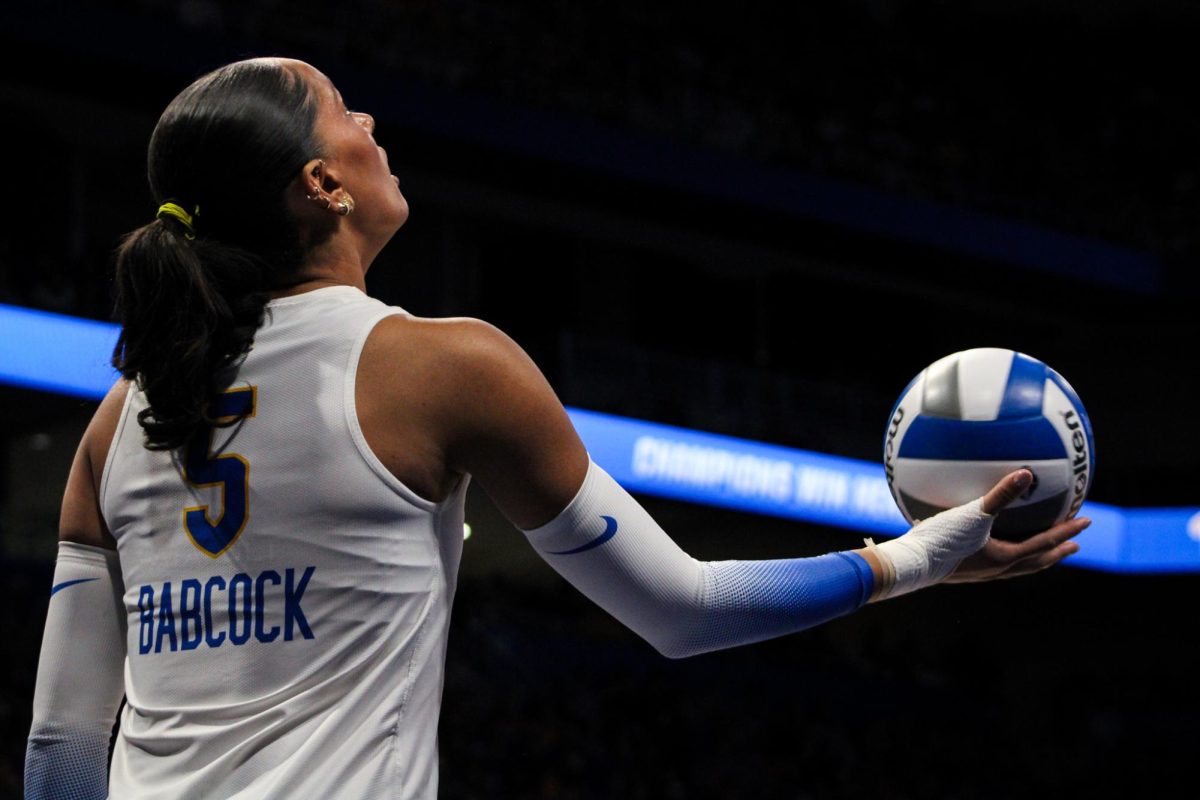Employment Guide: Artists struggle in tough job market
February 1, 2010
Wynn Bauer is going against most people’s advice.
Bauer, an alumnus of the Rhode Island… Wynn Bauer is going against most people’s advice.
Bauer, an alumnus of the Rhode Island School of Design, plans to travel to Jingdezhen, China, this week to set up an art studio. He’s moving because he “couldn’t make things happen” in Providence, R.I.
“If this fails, everything’s up in the air,” Bauer said. “I have to make things happen.”
Career counselors, and even some professors, are encouraging students to think twice before they try to work in the often unstable art industry.
“Up and coming art majors and artists need to be aware of the difficulty of life after graduation,” said Stephen Hankin, an adjunct studio arts professor.
The Bureau of Labor Statistics estimates that 60 percent of the 221,900 artists working in the United States are self-employed.
Students should realize the types of adjustments necessary to stay afloat in the real world, Hankin said. He suggested that current art majors should think about where they want to be in five or 10 years. He asks students to contemplate the answers to a few key questions: Do they wish to support a family someday? How resourceful are they? Can they network?
Some art majors say they don’t intend to use their degrees to find a job.
Justin Tay, a Pitt freshman, is a studio arts and molecular biology major.
“I want to go medical school and be a doctor, but I’ve taken art since elementary school. I chose to get a double degree,” Tay said.
He hopes to incorporate art into a career as a plastic surgeon.
“I personally don’t think I could do a full-time career in art. I think teaching is the only way to get a steady career with my art degree,” he said.
Barbara Juliussen, associate director of Pitt’s Career Development Office, tries to show art majors there are many options for students to explore.
“We try to find out what their interests are,” Juliussen said. “Depending on their interests they could go into graphic design, teaching, interior design and advertising.”
Hankin also tells his students that art can be used in many professions.
“I know artists who restore murals on churches, travel the art fair circuit around the country, or use art in professional cooking or the movies,” he said.
These fields allow students to use art in their careers — hopefully without the financial struggle, he said.
Juliussen said students should do an internship to develop their interests and careers.
“Use the alumni database [through FutureLinks],” Juliussen said. “We have 600 alums available to students. Job shadow them.”
Both Juliussen and Hankin said students who network have a higher chance of finding a job.
Every fall, Pitt partners with Duquesne, Carnegie Mellon, Carlow and Chatham to hold an art career seminar.
“We bring professionals of the arts to the event to speak on a panel. Make a connection and get your foot in the door,” Juliussen said.
Tay has turned to his professor, Hankin, because “he’s well-known in Pittsburgh, has a website and art shows.”
A career in fine arts is not an easy road for most.
“It takes dedication and good business sense,” Hankin said. “It’s really important for people in fine arts to be passionate about it. It’s an emotional connection.”


